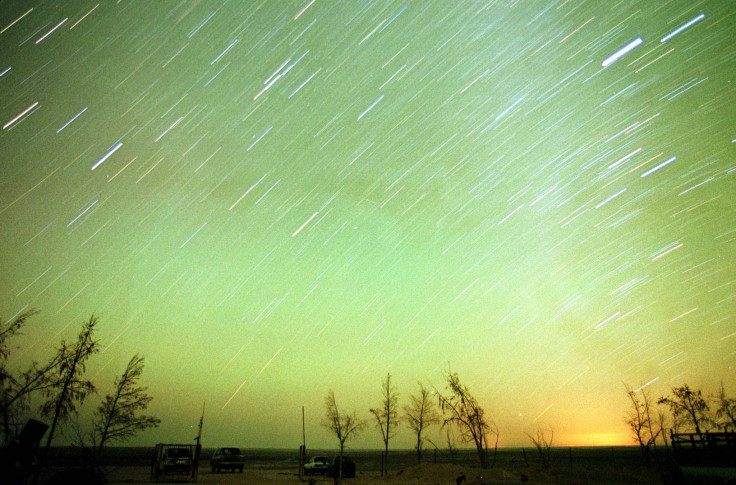Leonid Meteor Shower Live Stream: Watch The Leonids Peak Early Tuesday Morning

Stargazers, get ready for the Leonid meteor shower. It will peak just after midnight Tuesday, and though it won't bring the kinds of fireballs of the Orionids or the sheer volume of the summer's Perseids, the Leonids will still be worth staying up late to watch, NASA reported.
"We’re predicting 10 to 15 meteors per hour. For best viewing, wait until after midnight on Nov. 18, with the peak of the shower occurring just before sunrise," Bill Cooke, of the Meteoroid Environment Office at NASA’s Marshall Space Flight Center, said in a statement. As with any shower, the best viewing occurs away from ambient light, which means getting away from the city and taking some time to find the constellation Leo. A quick to way to find Leo is to look for Regulus, one of the brightest stars in the night sky, the right "foot" of the lion, or find the lion's mane and shoulders, which form a question mark.
The Leonids get their name from the constellation, where they look like they are originating from, but the meteors are actually from the debris trail left behind by Comet Temple-Tuttle. Each year, Earth passes through this stream and the small rocks burn up in the atmosphere. What makes the Leonids different from other meteor showers is the possibility of a huge outburst if Earth passes through a main debris trail. Comet Temple-Tuttle makes its way around the solar system every 33 years, and if the Earth happens to collide with a stream full of debris, it could lead to thousands of meteors per hour. The last great Leonid storms occurred in 1998, averaging around 500 meteors per hour, and then in 1999, with reports of 1,800 meteors per hour. Most famously, the Leonid meteor shower of 1966 produced "a 15-minute period where the Leonids produced an incredible 1,000 meteors per minute," notes Slooh.
Slooh's Leonid meteor shower live stream begins at 8 p.m. EST and can be viewed below. NASA will have its own Leonids broadcast, beginning at 7:30 p.m. EST. It can be viewed here.
© Copyright IBTimes 2025. All rights reserved.






















